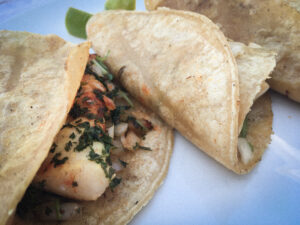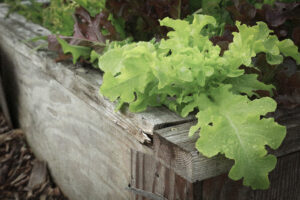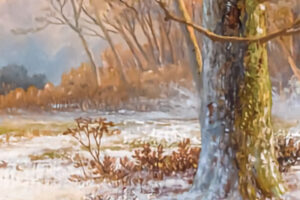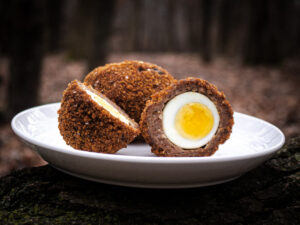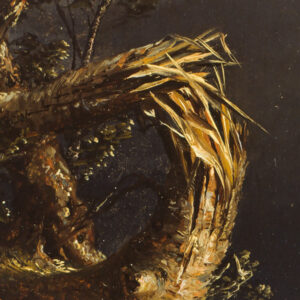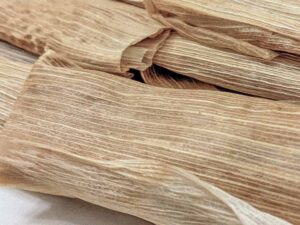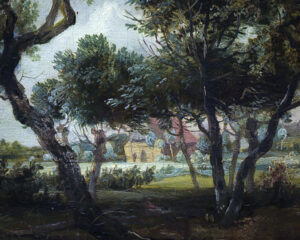—The Inbox—


To Be a Tapper of Birches
Response by
Mr. Tyler Storey

From a Correspondent:
We planted a River Birch eleven years ago in our front yard, and our grandson is just chomping at the bit to tap into it and hang a bucket. I could do a Google search, but I much preferred asking my favorite group of writers. Thank you for any knowledge in this subject matter.
Peace,
Trisha Lee
Tulsa, Oklahoma
Dear Mrs. Lee,
Many years ago, having moved across the continent to Washington, D.C., for no reason other than the sheer adventure of it, I emerged from my first ride on the Metro, scaling the escalator into the brilliant Washington sun, only to be dazzled by the sight, not of monuments, nor of museums, nor of the ministerial halls of power, but of a hot-dog cart selling a thitherto unknown substance called by the fascinating name of “birch beer.” Such an exotic-sounding beverage seemed a fitting libation to a new beginning, so I purchased some. Lifting my Styrofoam cup of bubbly deep crimson in a silent tribute to the adventure, I dislodged the ill-fitting lid and poured most of the contents down my lately white shirt.
As it happens, the birch beer that left such indelible marks on both my shirt and my memory is usually made of a distillation of birch bark, but there are other varieties of birch beer, both alcoholic and not, made from birch sap. The sap is also a distant second to maple sap in the production of sweet syrup. You don’t specify in your note, but from your willingness to facilitate your grandson’s enthusiasm, I am guessing he is interested in the sweet syrup rather than the booze.
It is a relatively simple process, and you already have the two most important ingredients: a River Birch (Betula nigra) of a certain age, and a grandson who sounds like he is what a grandson ought to be: a young man whose sense of adventure involves trees, and sharp instruments, the possibility of food, and the likelihood that his clothes will be ruined.
You will need a few more items, but the process is straightforward. You can tap any trunk that is nine to ten inches in diameter or larger. Pick a spot about three feet up the trunk, then use a sharp and clean drill bit to drill a hole into the tree at a slight upward angle – about 25 degrees above horizontal – and only about an inch deep into the wood. Insert a spile, a ready-made tap, into the hole, or use a bit of plastic tubing. You will of course have picked a drill bit size to fit the spile or tubing; about a half-inch or slightly less is usual. Either hang a bucket from the spile, or secured around the trunk, or use a gallon-sized container secured on the ground with the plastic tubing leading into it. If the tree is ready to be tapped, sap should start flowing, perhaps even before you are done drilling. A tree with a good flow should collect a gallon a day; collect it at the end of each day to prevent fermentation. When you are done for the season, be sure to seal the hole with a bit of cork to stop the flow.
If you are making syrup, begin evaporating it as you collect it, over very low heat, never allowing it to reach more than a simmer. Evaporate it until it is somewhat thickened and golden in color. Experts measure the finish according to the brix scale, but you can probably decide on your own when it is good.
There are two things you should know, and these might take some of the fun out of it. First, sap collecting is entirely seasonal. You want to begin tapping early, when nights are still freezing or almost, and stop tapping when the leaf buds begin to swell. If you tap later than that, the sap will be off-flavored and useless. Second, the amount of sap that you will get from a single River Birch is relatively small, and it takes a lot of sap to make an appreciable amount of syrup. Depending on the sugar content, it might take around 110 gallons of sap to make only one gallon of syrup. You will not get anywhere near 110 gallons from your one tree.
So that leaves us with a question: is it worth going to all the trouble of tapping a tree, collecting the sap, evaporating it for days, and all the mess in the kitchen, just so your grandson ends up with maybe enough birch syrup for one stack of pancakes? Of course it is! As with any good adventure, as long as you ruin your clothes, it is time well spent.
Best regards,
Tyler Storey







